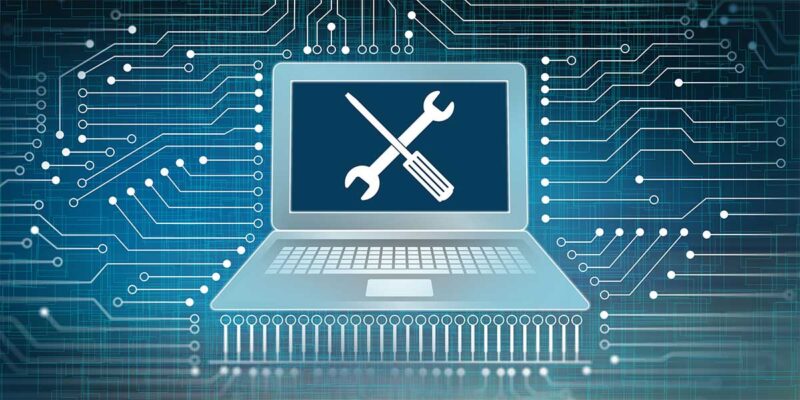Best Practices And Efficiency
 I have a tendency to get hung up on best practices. My excuse for being so centered on them is that best practices are, by definition, the best way to do something.
I have a tendency to get hung up on best practices. My excuse for being so centered on them is that best practices are, by definition, the best way to do something.
My old boss and mentor frequently reminded us that there were three ways to perform a task: a right way, a wrong way and an optimal way. He’d build on that, by expanding that while there are a large number of ways of doing it the right way, and a seemingly infinite number of ways to do it wrong, there is only one way of doing it that can be described as optimal.
And since one aphorism leads to another — central to his thesis for what was expected on the job site — carrying out best practices required preparation. Or as he put it, proper preparation promotes perfect practices.
Step one to carrying out best practices is being informed. That means Reading The Manual. I mean, come on, we all joke about not wanting to admit to reading the manual. You’ve broken the Bro Code! However, AV and control equipment today is incredibly sophisticated. I’ve joked more than once that modern AV systems are smarter than its end users (and quite possibly some installers). I’ll confess that figuring it out on my own satisfies a primal need but it’s hardly the best use of your time. In fact, it’s your client’s time that you’re spending.
Now’s a good time to bust out the figure that I’ve heard from numerous industry veterans that, when troubleshooting is complete, the majority of faults weren’t defective hardware, but stemmed from poor installation. That has an easy fix right out of the gate: Read The Manual. Understand what things are supposed to do before designing around them and understand how to install them.
And since we’re on the topic of troubleshooting, never assume anything. Don’t just assume you know what the problem is, find out. As Samuel L Jackson put it, “Assumptions make an ass out of you and Umption.”
Barking up the wrong tree costs time and money to fix. Effective troubleshooting means following your checklist of steps, which always begins with the most common causes (“Is the unit plugged in?”) and progresses to the least likely.
Whether sitting at your desk working on a design or while on the jobsite working through your task list, the correct mindset is necessary. It’s important to cultivate a direct, logical approach to your task. Thoughts determine actions and actions determine outcomes. I think of it as taking a straightforward approach to thinking things through.
Just as the best plan is not effective until it’s actually carried out, the best practices aren’t effective either unless they’re applied with accuracy. The ideal we all strive for is for installers to work quickly and precisely. However, if you have to choose, and you may sometimes have to, precise is better than quick. Every connection that needs to be redone later is a waste of time and money.
Think of AV install as being the opposite of the newspaper business, where “get it right or get it written” are the watch words. It’s always better to be right than to be quick.






2 thoughts on “Best Practices And Efficiency”
Comments are closed.